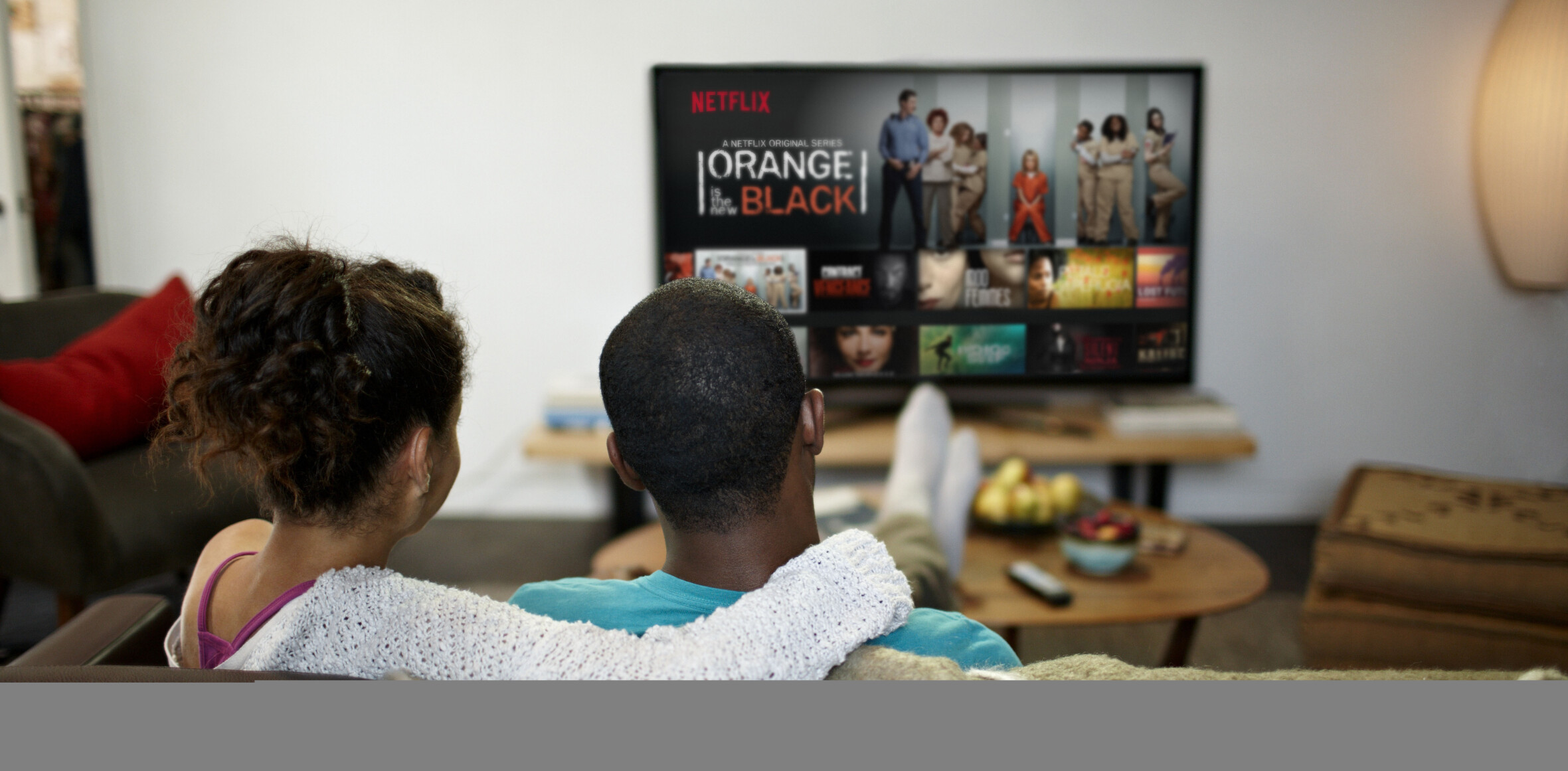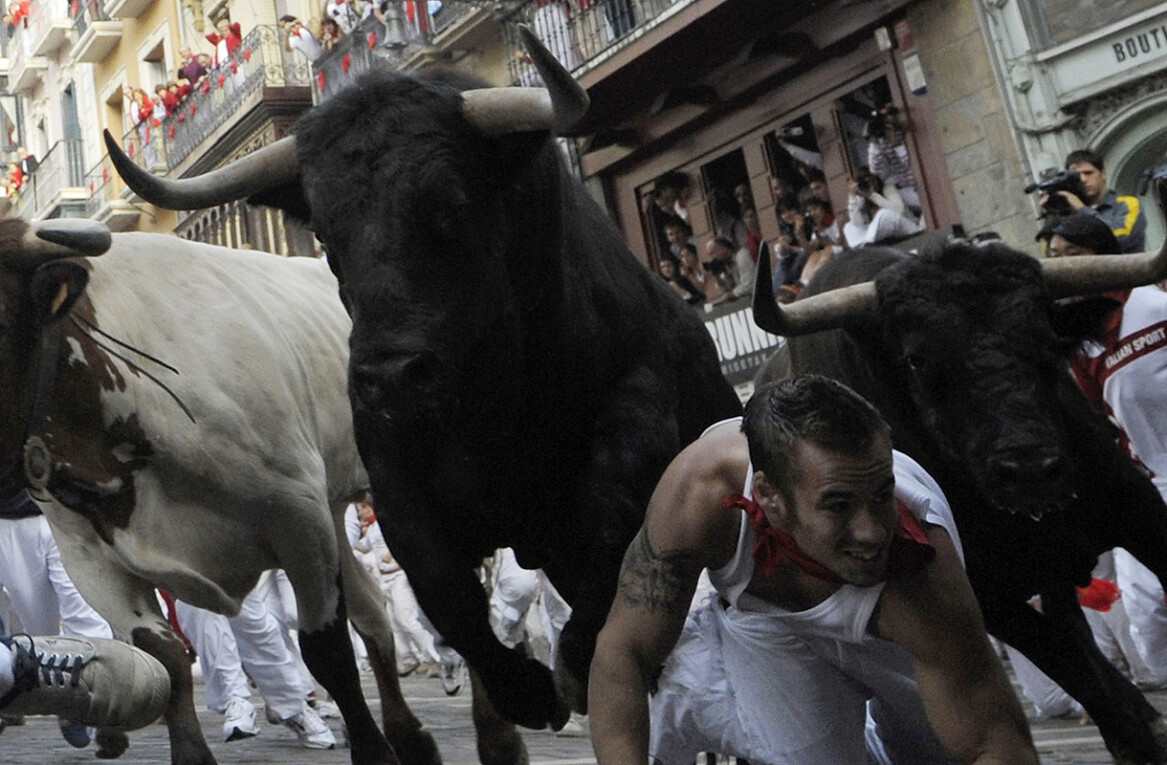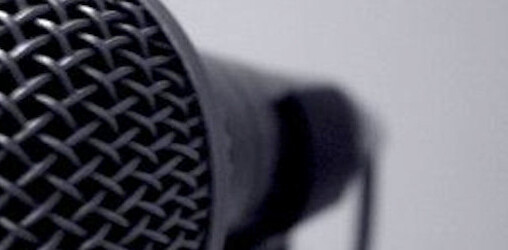
This is a guest post by Dagan Cohen, he’s the curator of PRE
Lets face it: we live in a fast economy, where the hunger for the ‘next big thing’ is so strong web entrepreneurs tend to minimize risk by copying and mashing up proved concepts. Although we wouldn’t like to admit it, the pressure of the marketplace narrows our vision and makes it hard for the industry to come with truly new ideas.
So, where to look for fresh ideas? Arguably the best place to start is where creative people can develop their ideas away from pressure of the market. Places like universities, art schools, small-scale research labs and small companies committed to creative experiment.
 PRE shows a selection of projects by Dutch students and young artists who are driven by the new possibilities of the web and the digital realm. PRE celebrates the phase before an idea becomes a business concept. In this ‘green phase’ ideas are rough and vulnerable. They can be easily killed when the rules of the market are applied too rigidly.
PRE shows a selection of projects by Dutch students and young artists who are driven by the new possibilities of the web and the digital realm. PRE celebrates the phase before an idea becomes a business concept. In this ‘green phase’ ideas are rough and vulnerable. They can be easily killed when the rules of the market are applied too rigidly.
Though some ideas immediately show a market potential – they just need a little push, others are more ambivalent and need to be looked at by different people from different angles to reveal their true purpose. That purpose is not necessarily a marketable product or service. It can be an autonomous art piece which purpose it is to make us think and reflect. It can be a conversation starter, or a stepping-stone for another idea.
The great thing about rough, ambivalent ideas is that they trigger us to finish or alter them. To add or change something so they’ll become better. At least in our minds. That’s why it’s important to get those ideas out of ‘the greenery’ into the open. And what place is more suitable for that purpose than the Next Web Conference?
Attendees of the conference can be inspired by the ‘premonitions’ of artist and students; the young creatives can profit from the knowledge and wisdom of industry professionals. After all: there’s no ‘Next’ without ‘Pre’. PRE is hosted by Draftfcb.
Projects shown on PRE
AR + RFID Lab – KABK (art academy The Hague)

AR+RFID Lab is a collaboration initiative of the Royal Academy of Art (KABK) in The Hague, Delft University of Technology (TU Delft) and local companies in creative industry focusing on the development of innovative applications of emerging ubiquitous computing technologies in the field of art and design. The AR+RFID Lab works on projects based on Augmented Reality (AR) and Radio Frequency IDentification (RFID) technologies.
There are two main types of AR: 1.via a head-set and 2: handheld AR.
1. Via our headset, our “AR glasses” we see virtual images added to our own view of the world. This headset is optical see-through: meaning we can see the world around us, but we also see things others don’t see! The others can join the AR experience by watching a beamer that shows what the one with the headset on, sees. The virtual objects and environments we see ‘extra’, as ghost images in the real world, are created with 3D programmes.. We take, so to say, objects out of the computer screen and put them in the real world.
2. Handheld AR is an experience in which we can see a 3-D image, triggered by a 2-D marker. This type of AR will soon be hot, widespread, and then,: common, because it reveals extra info only for those who can translate the 2-D marker in a 3-D reality!
In the Next Web-setting we will only show real time 2-D to 3-D converters, because we are to busy with our AR-headset tea, due our participation in Milano, the Salone the Mobile.
Mijn naam is Haas (My name is Hare) – Sanneke Prins, Douwe Sjoerd Boschman and Berend Weij

Mijn naam is Haas is a serious game concept for young children (age 4 to 6) developed at an art academy in the Netherlands. It is an interactive, animated story system that gives children the opportunity to create little powerful stories by making little (line) drawings within the miraculous universe of the character Haas.
The game rewards children for their inventiveness. While playing, children will learn and develop vocabulary, story comprehension and IT-skills in a playful
environment. Extensive tests at primary schools show incredible results, especially toddlers with a language delay are increasing their language skills significantly.
Mijn naam Haas is being developed by a group of students who o graduated last year at the HKU/ KMT (academy for art and media technology) in Hilversum.
The NewsWell – Ralph Das
[youtube:http://www.youtube.com/watch?v=UtRY5MIrg1U]
The NewsWell is a social RSS news reading application which runs on a so-called multi-touch table. The provided multi-touch or multi-point interaction enables the user to use gesture like touch input to scale, rotate or move news items floating by. It also enables users to share, discuss and explore news on a very different, and far more intuitive way. The intended use for this application ranges from city cafes to international business centers. The NewsWell is the first multi-touch lifestyle application open to the public on a daily basis in the centre of Amsterdam. The multi-touch tables and the NewsWell application Ralph build, are part of the exposition “Redefining the Space”, which is currently held at SOCO Amsterdam.
Ralph Das graduated last year from HKU/KMT (academy for art and media technology) in Hilversum and is currently developing social multi touch applications.
Project E – Postmachina

Project E is a set of products (prototypes) consisting of wearable/mobile brandable devices. They have the ability to connect users to each other, as well as new or existing services, like social networks. The products create a bridge between the virtual and physical world, and are designed for natural, gesture-based operation.
Postmachina is company founded by students who graduated last year at the HKU/ KMT
(academy for art and media technology) in Hilversum
Tune-in TV – Edward van der Veen & Roy Frencken

Tune In TV is an Interactive Television Application (demo). It offers the viewer a sociable and intuitive ITV viewing experience through an Electronic Program Guide fed by a friends network and interests.
Tune In TV works with an adaptive interface that allows the user to decide the level of interactivity he/ she wants, the interface adapts to the viewers needs. It is possible to interact in a passive and lean back way with the help of the Tune In TV pool. With the use of a remote control with motion detection capability, the viewer can navigate in an intuitive way through the 3D menu.
Spamology – Irad Lee

Spamology is an audiovisual representation of word frequencies in spam e-mail messages. The work is based on analysis of a private archive of spam messages which were collected during 10 years (1998-2007), containing up to 2,000,000 emails originated from various parts of the world.
Spamology is a part of ongoing research examining the nature of spam as a digital-cultural phenomenon. The project aims at visualizingthe links and interrelationships between the contents of spam, the user/individual and the society, by revealing patterns in spamwhich may reflect cultural and social trends, behaviors and variations
Irad Lee is a student at KABK (art academy The Hague)
SPECTRUM

The Spectrum platform sets audiotours free, releasing them out of their traditional controlled physical environment of museums and city archives. Instead, everyone is able to contribute their own view on culture and of course listen to and watch contributions from peers or experts in a smooth, intuitive environment, on their own computer.
The platform forms a foundation for any specific implementation, such as for instance ‘Nachtgeluiden‘ (Nocturnal Sounds), an initiative by the Museum Night Amsterdam, bringing content from museums in Amsterdam to people’s homes and democratizing it.
TYPETOOL

TypeTool is a free software tool that creates a realtime text layout. The filters in TypeTool allow you to work with longer pieces of text or short titles. Use TypeTool to create live visuals in VJ shows, for subtitles and titles at live events or anything else.
Grrr medialab is a interactive design studio based in Amsterdam
White Blackout – Niels Schrader

The short film ‘White Blackout’ splits the projector’s light into its original color values and translates their numerical patterns into a virtual sunrise.
Based on a color spectrum of 256 levels of gray, every pixel of an image has a brightness value ranging from 0 to 255, with white being defined as 255 and black equaling 0. Although ‘White Blackout’ is in fact only displayed in black and white, the missing grey shades of dawn light re-emerge as the three-digits number 255 appears actually brighter on the monitor than the one-digit number 0.
‘White Blackout’ should be seen as a critical comment on the contemporary media façade by revealing it’s technical source
The film will be shown in the main conference hall. Music by Sister Love
Who organizes PRE?
DRAFTFCB, Sponsor and host
Draftfcb is a new breed agency
Highly creative but devoid of lines.
Above the line, below the line, on-line, off-line, conventional vertical reporting lines, horizontal waiting lines. In fact, completely outside the lines of traditional thinking.
A full marketing communication agency designed to build our clients’ businesses by focusing on consumer behavior.
And coming up with ideas that drive that behavior in the most creative ways.
Our objective is simple. To offer total integration that is effective and efficient and optimizes consumer behavioral insights to drive results.
It’s about understanding the most optimal way of connecting with the consumer at the right time, in the right place with the most compelling message.
Utilizing and help developing the web to reach and engage consumers in the best possible way, is one of the spearheads in Draffcb’s growth strategy
Dagan Cohen, Curator
Dagan Cohen studied art at the Rietveld Academy in Amsterdam, worked as visual artist and creative entrepreneur – was co-founder of the Supper Club Amsterdam – before joining Saatchi and Saatchi The Netherlands in 1995 as art director. Dagan has been creative director of Saatchi interactive (1996), Lintas interactive (1998), Lowe Digital/ Ozlo (2000), Lowe Live (2002) and Draft (2004) before becoming creative director of Draftfcb in 2006. Dagan won several ADCN (Art Directors Club Netherlands) Awards, Esprix’s (Dutch Direct Awards) and recently a Cannes Cyber Lion. He teaches interaction design at the Rietveld Academy and speakes on matters concerning branding & interaction.
Get the TNW newsletter
Get the most important tech news in your inbox each week.




